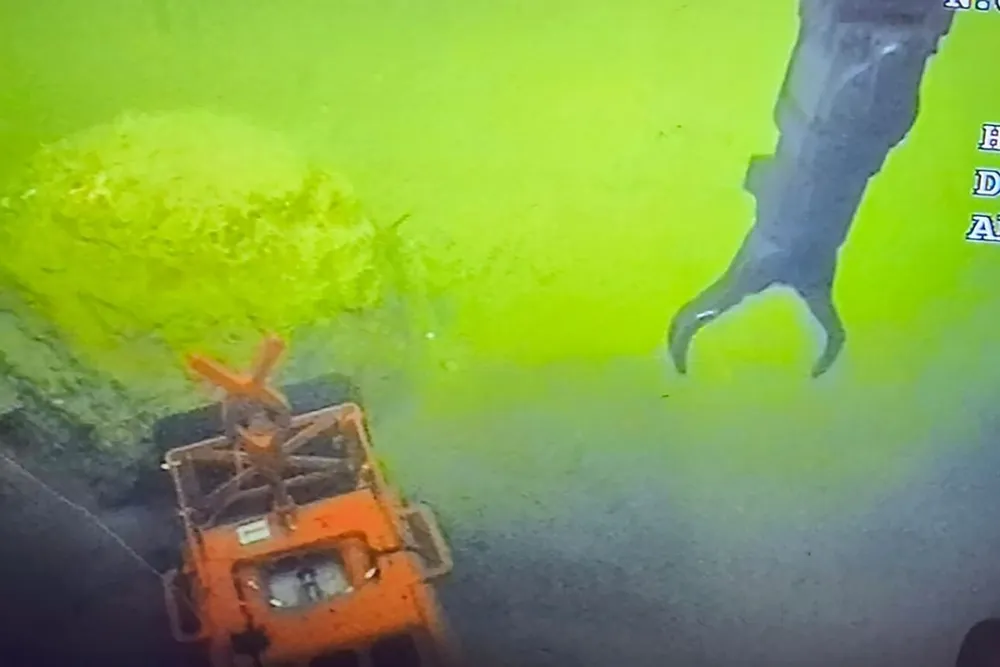Vattenfall hits WWII sea mines at massive German offshore wind cluster
Swedish utility removes dormant unexploded ordinance (UXO) with the help of remotely operated vehicles (ROV) and underwater robots

Over the past two years, large-scale geophysical surveys of the seabed detected magnetic anomalies at the site of Vattenfall’s 1.6GW Nordlicht offshore wind cluster, indicating the presence of metal objects in the seabed.
After an interpretation by experts, each point was examined and identified this spring using a remotely operated vehicle (ROV). The Swedish utility discovered three sea mines from World War II, each with an explosive force comparable to 200-300Kg of TNT.
Dormant unexploded ordinance (UXO) on the seabed pose a real threat to people, technology, and the environment, Vattenfall stressed.
"Clearing the seabed of wartime waste is one of the inconspicuous but essential steps in the realisation of offshore wind farms," said Tobias Kulgemeyer, UXO expert at the utility’s wind unit and technical director of the campaign.
After a complex approval process, the objects found could be disposed of on site in controlled blasting in September, Vattenfall added.
"It requires careful planning, coordination, and consideration for the marine environment. With the successful completion of this campaign, we have laid the foundation for the safe and sustainable construction of Nordlicht,” Kulgemeyer said.
The Nordlicht cluster is located 85 kilometres north of the island of Borkum in the German North Sea, consisting of the about 980MW Nordlicht 1 and the about 630MW Nordlicht 2 project. Once fully operational, the two wind farms are slated to produce some 6TWh of green power per year.
To protect marine life from noise and stress, Vattenfall used special techniques during the blasting of the sea mines.
A 90-meter-long bubble curtain vessel laid a double hose ring on the seabed, creating a curtain of air bubbles, which in turn dampened the sound of the blasting. A similar technique is being used when ramming monopile offshore wind foundations into the seabed.
Since the permit prohibited simultaneous exposure to two sound events in the German Bight, close coordination with other projects – particularly pile driving carried out by RWE – was also required, Vattenfall explained.
Its geoscience project team coordinated seven vessels for the complex blasting campaign. These included smaller support vessels for deterrent and traffic control, the bubble curtain vessel, and an ROV carrier vessel entrusted with coordinating and executing the blasting.
(Copyright)